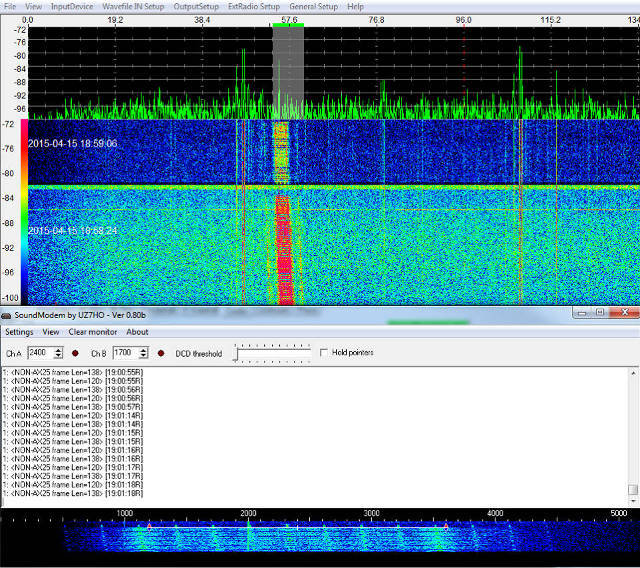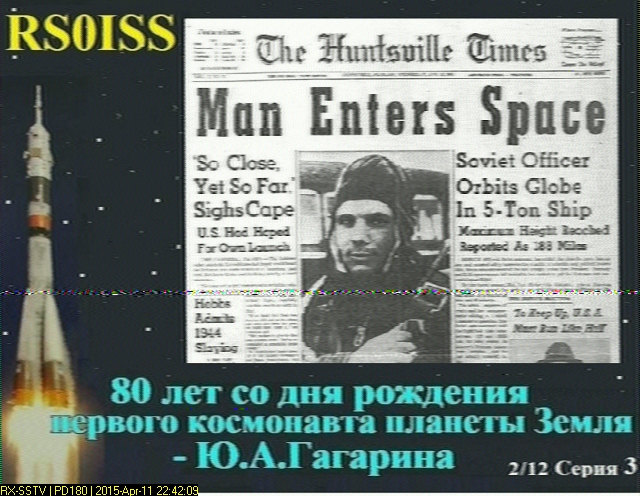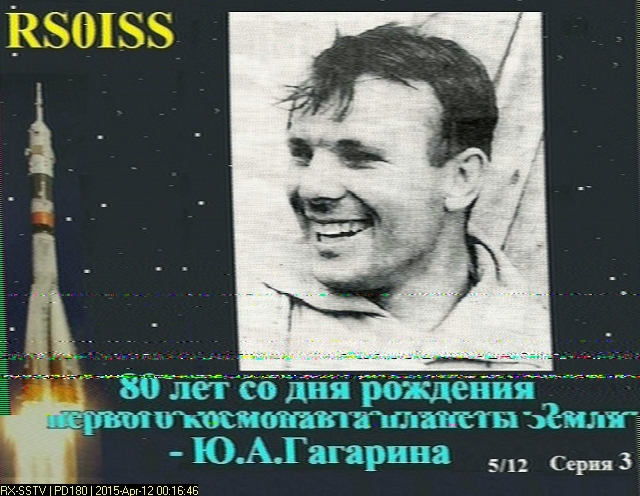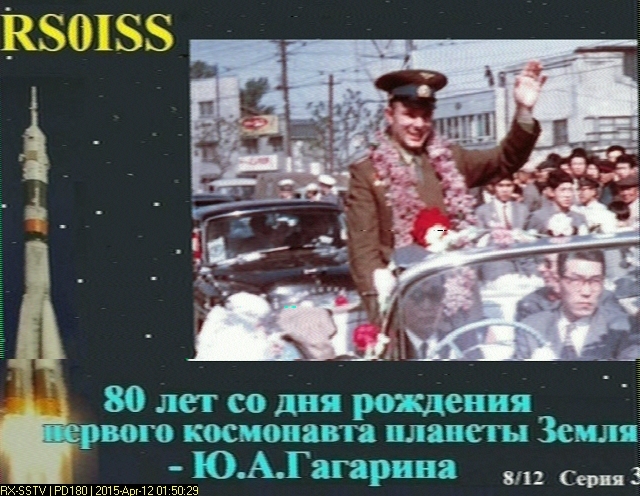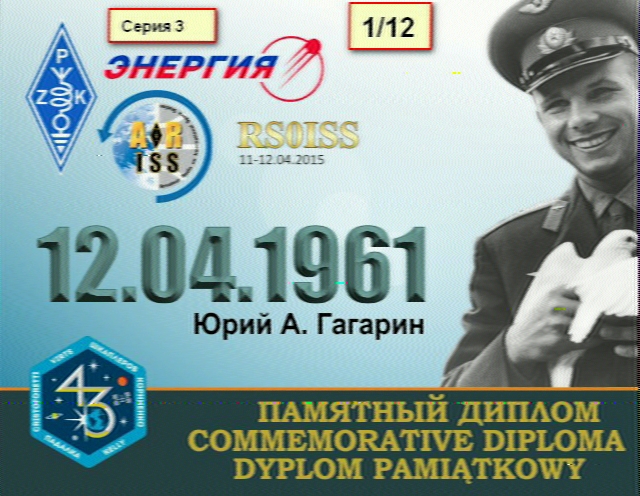50$SAT (EAGLE-2/MO-76) 25-04-2015 Update:
The following status of $50sat/MO-76, one of the first Pocket-cube, was recently posted by Michael Kirkhart, KD8QBA on the 50dollarsat Yahoo group.
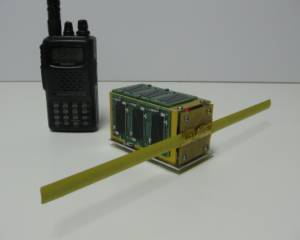 17 Months in Space, Still Working, and How Long Will a $10 Camera Battery last.
17 Months in Space, Still Working, and How Long Will a $10 Camera Battery last.
Tuesday, April 21, 2015 marked the 17 month anniversary of the launch of $50SAT/MO-76/Eagle-2, and believe or not, it is still operating. Unfortunately, the battery capacity has degraded to the point where the satellite spends a significant amount of time with the battery voltage below the 3300 mV minimum required for enabling the transmitter. As a result, those of us who live in the northern hemisphere no longer hear any transmissions during the evening passes, and for now, rarely hear any during the daytime passes as well. The last telemetry packet I captured here in EN82 land was April 21, and the last one which was error-free on April 10. Fortunately, I have been able hear it operate over Anton’s (ZR6AIC) WebSDR station in South Africa during the evening passes (which occur between 4:00 and 6:00 PM Eastern Daylight Time), and occasionally am able to capture error-free telemetry packets. The last one available is from April 24 at 21:25 UTC.
This situation was fully expected; when looking at the battery voltage chart (which, along with all the other telemetry, is available from our Drop-box at this location),the readings took a large drop sometime after February 12. Given this was a $10 camera battery that had gone through over 6,000 orbits, each with temperature swings of -30 degrees C to +30 degrees C, it is surprising it has lasted this long! At this point, it is starting to behave more like a large capacitor than a battery.
As we get closer to summer here in the northern hemisphere (and after this winter, it cannot come soon enough), $50SAT/MO-76/Eagle-2 will spend more time in the sun before it makes each pass; this means it will be warm enough to enable solar power sooner in the pass, and makes it more likely it we will be able to hear it transmit before it disappears over the southern horizon. Those of you who live in the southern hemisphere, however, should still be able to hear it during both daytime and evening passes. If you could, we would certainly appreciate any telemetry you could gather and post.
The orbit continues to decay at an average rate of about 1.5 km/week; apogee is just below 570 km at 569.8 km, and perigee is at 538.2 km. Someday, I will attempt to determine when it might actually de-orbit. If any of you have access to STK or some other fancy software which might be able to do a de-orbit prediction, please feel free to run a simulation and let us all know. Some basic parameters you might need are as follows:
TLEs as of 2015-04-24, 23:53:15 UTC:
EAGLE 2
1 39436U 13066W 15114.82864817 .00033340 00000-0 23789-2 0 9991
2 39436 97.7463 190.7550 0022811 281.2509 78.6152 15.04244039 77466
Source: Amsat-BB – 50dollarsat Yahoo group.
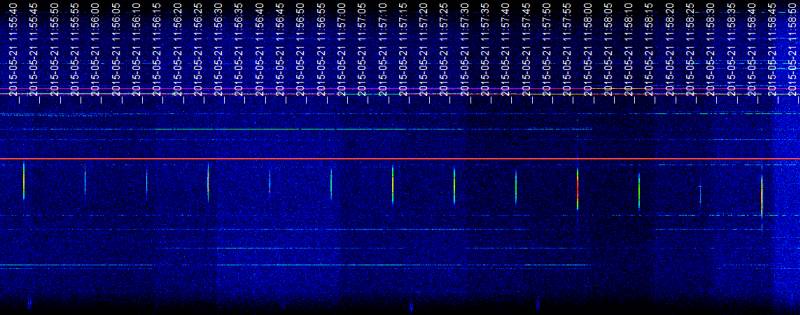

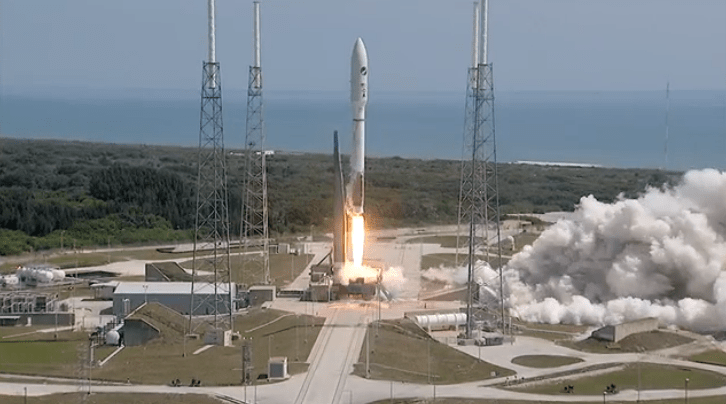
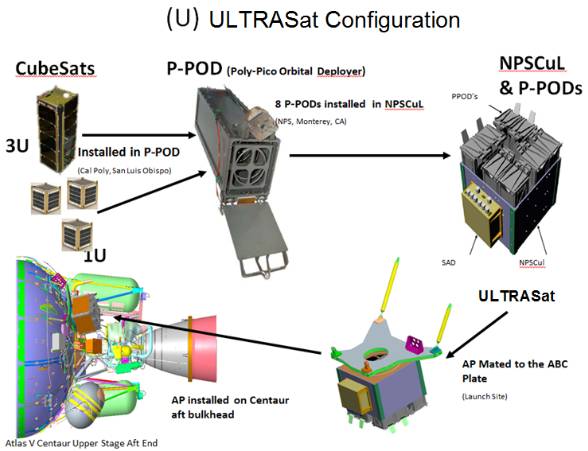
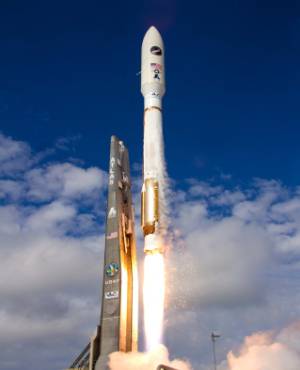 NRO-Sponsored CubeSats:
NRO-Sponsored CubeSats: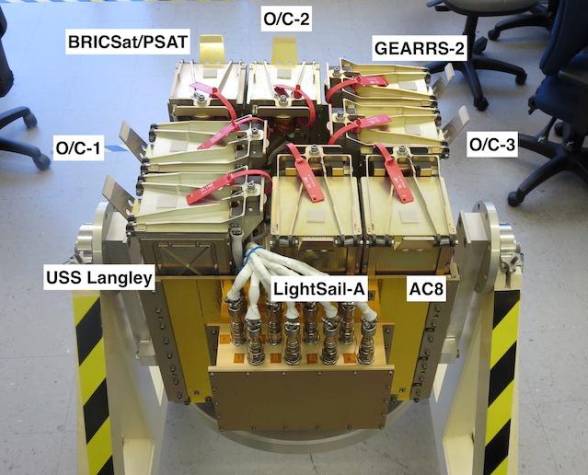
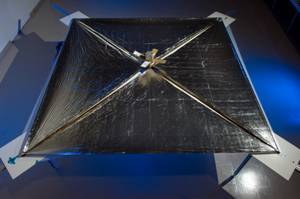 Lightsail-A:
Lightsail-A: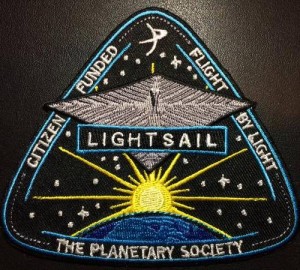 Source:
Source:  17 Months in Space, Still Working, and How Long Will a $10 Camera Battery last.
17 Months in Space, Still Working, and How Long Will a $10 Camera Battery last.